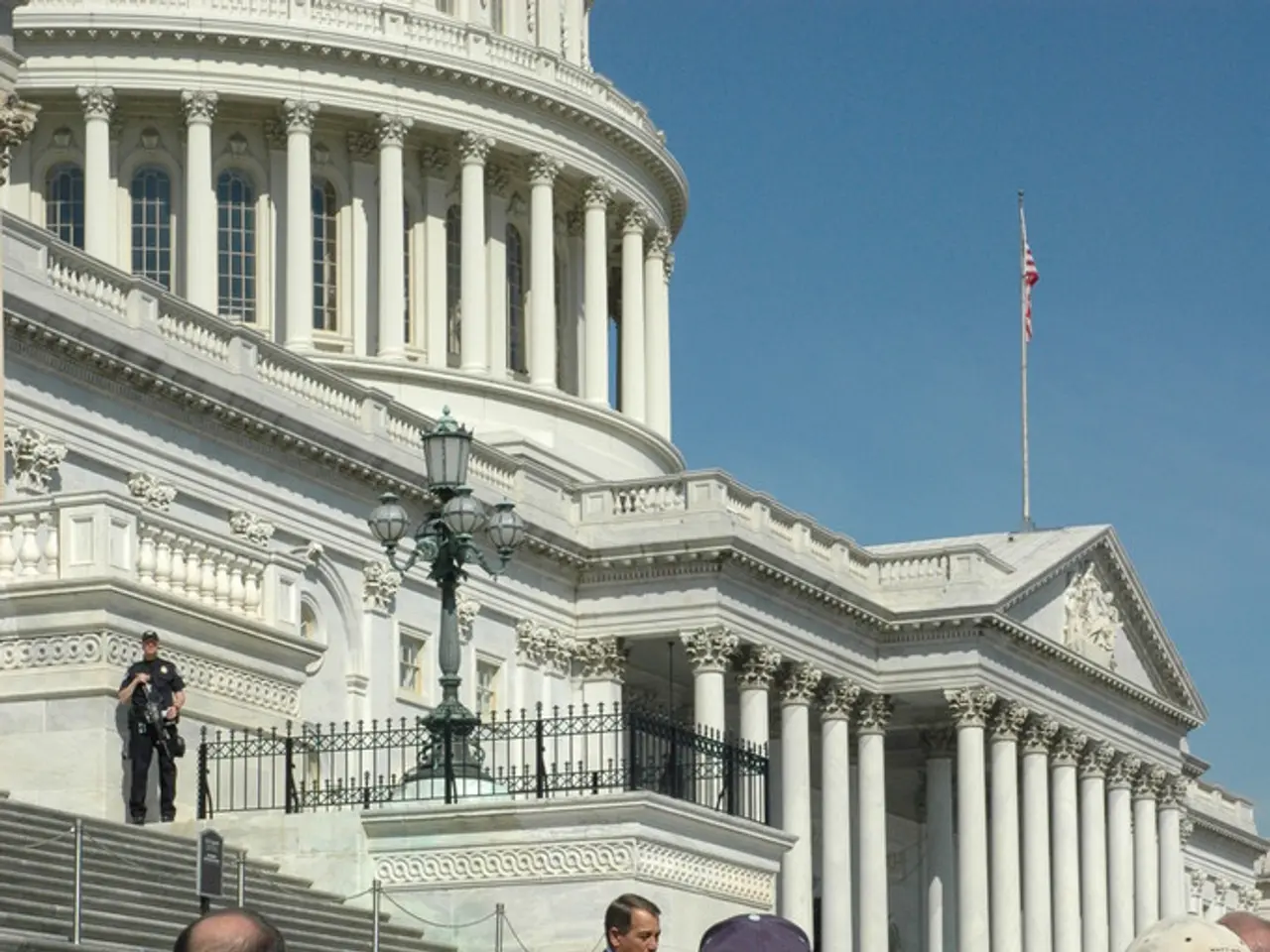Strategies for Boosting Security Administration within Massive Corporate Business Complexes
In today's digital age, corporate parks are becoming increasingly popular in metro cities like Mumbai, Chennai, Hyderabad, Bangalore, and Kolkata. These mission-critical establishments, open 24/7, 365 days a year, offer premium office spaces, advanced technology infrastructure, and employee-focused amenities. However, they also face unique security challenges, particularly in the areas of video security management, access control, cybersecurity, and emergency preparedness.
To secure video security management functions, it is crucial to integrate video surveillance with access control systems. This integration allows for camera activation triggered by access events, providing visual verification and recorded evidence of incidents, which enhances threat detection and response capabilities. Deploying real-time alarm systems linked with sensors (motion, sound, pressure, smoke) integrated with cameras and lighting helps to automate threat detection and alert security operators promptly.
Regarding access control, it is best to implement multi-layered and centralized systems that unify parking access, building entry, and restricted area access through single credential systems. This helps maintain consistent security protocols and simplifies management. Limiting access to sensitive areas reduces insider and outsider threats and requires routine audits and updates to access permissions.
Cybersecurity should be addressed through strict policy enforcement, including multi-factor authentication and zero-trust principles that validate every user, device, and connection regardless of location. Regular monitoring of cloud and network environments, segmentation of workloads, and blocking unapproved applications reduce vulnerabilities and insider threats.
To address outdated technologies, corporate parks should conduct regular security audits that identify obsolete systems and upgrade them to withstand new threats or ensure compatibility with newer integrated security tools. Keeping firmware and software updated across devices including cameras, locks, and alarm systems is essential.
Perimeter security is enhanced by maintaining physical barriers such as fences, gates, and landscaping. Routine inspections to identify gaps or damages, installation of visible signage and surveillance cameras, and the deployment of patrols or guards to monitor unattended or vulnerable areas like loading docks improve deterrence and detection of intrusions.
Emergency preparedness involves ensuring that emergency exits are secured yet accessible only during emergencies, preventing unauthorized usage. Regular patrols should check that emergency doors are not propped open and are functioning properly. Training staff to respond to security incidents and establishing clear reporting procedures improves overall resilience.
Developing incident response plans and conducting regular training ensures an effective response to security incidents. Regular employee training is necessary to ensure awareness of security protocols, incident response, and recognising suspicious behavior. Upgrading to modern surveillance systems, alarm systems, or other security technologies with AI-powered analytics and real-time monitoring can improve security.
Best practices for corporate park security combine tightly integrated video and access control systems, up-to-date cybersecurity measures including zero-trust and MFA, continuous technology upgrades, vigilant perimeter maintenance, and thorough emergency preparedness including staff training and patrol monitoring. It is a must to use strong passwords, multi-factor authentication, and secure login protocols. Providing regular training to personnel on video security best practices and incident response further strengthens security measures.
- To bolster security, it's essential to incorporate cybersecurity practices, such as enforcing multi-factor authentication and zero-trust principles, and maintaining up-to-date data-and-cloud-computing environments, within the integrated video and access control systems prevalent in corporate parks.
- In the realm of technology, the advancement of surveillance systems, alarm systems, or other security technologies with AI-powered analytics and real-time monitoring can significantly contribute to strengthening cybersecurity within corporate parks, as part of a comprehensive security strategy that also includes physical barriers, staff training, and emergency preparedness.




